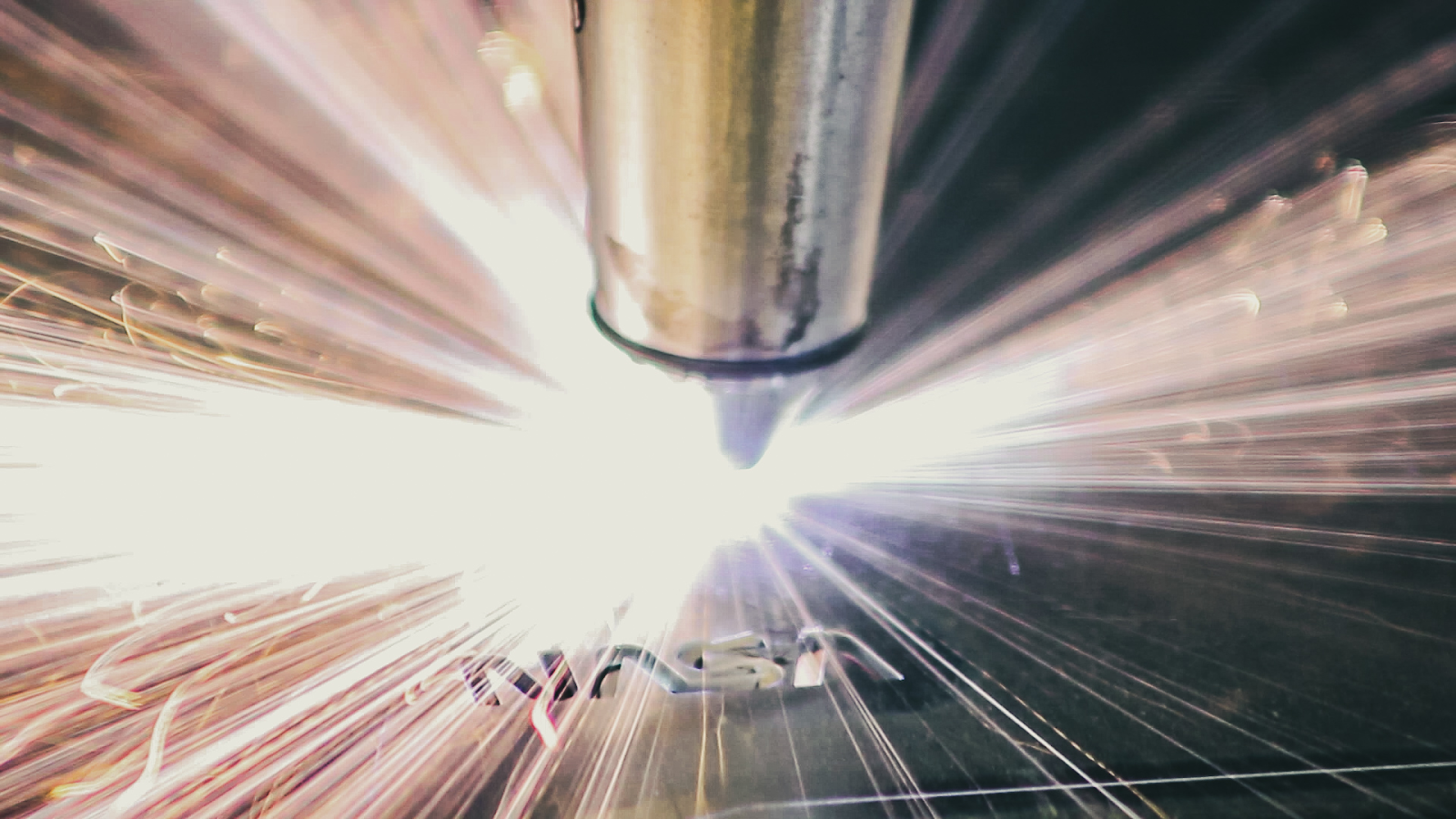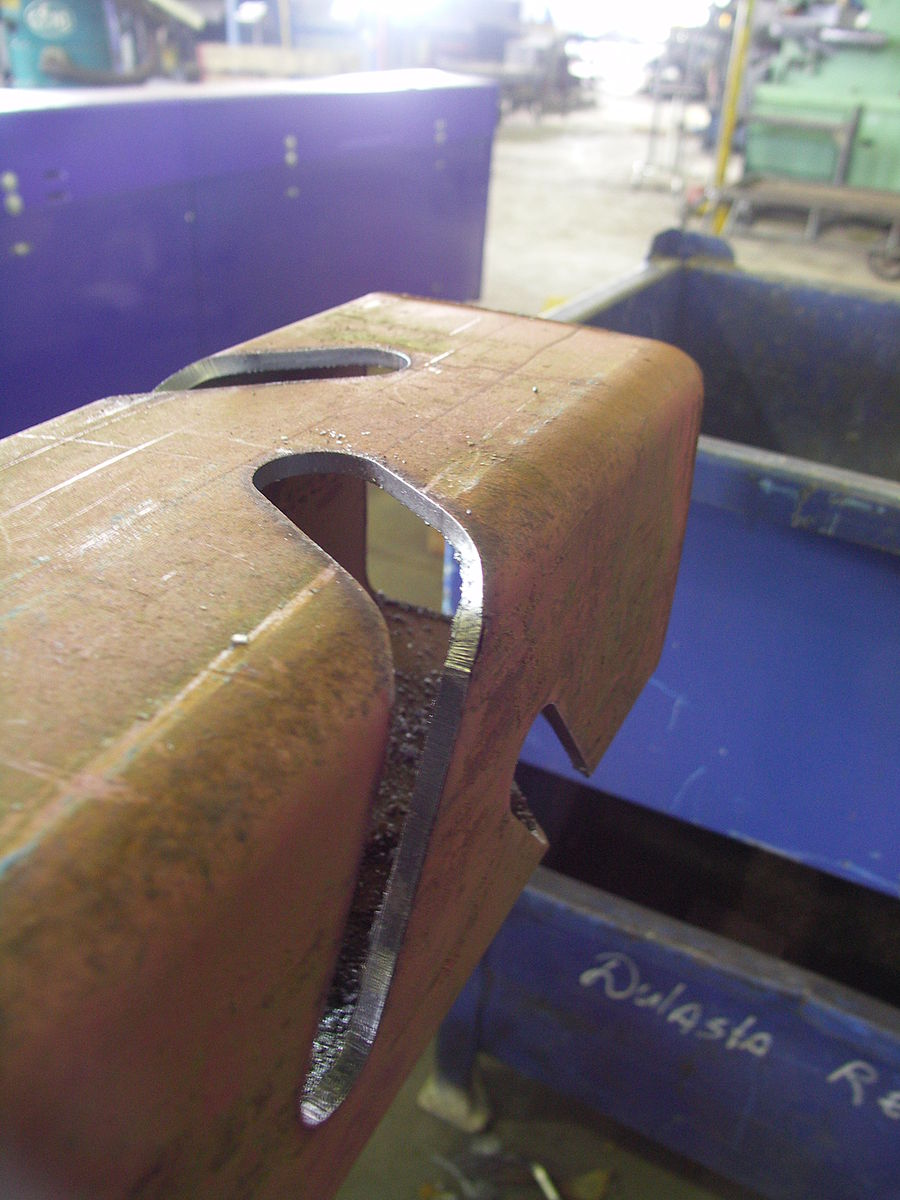Chapter 14: Plasma Arc Cutting (PAC)

Overview
Consider this scene: Sparks fly as an arc is established. The rushing sound of compressed gas fills the shop. The gantry of the burn table springs to life and races across the plate, leaving a narrow opening in the metal behind it. The operator watches as the cutting head twists and turns, their attention divided between the table itself and the computer screen that tracks its movements along the cut path. Every now and then, the cutting stream stops and the torch is raised and moved to another spot on the plate. As it finds its new mark, the torch is lowered and, with a flash and a hiss, the cutting head is off again. The operator appreciates the speed at which this process moves, realizing that this complex work would take up to three or four times as long to cut by hand.
That description is of plasma arc cutting (PAC), one of the leading methods for thermal metal cutting in the welding industry today. PAC is recognized for its speed, versatility, and precision—especially when used in conjunction with automation on a computer numerical control (CNC) plasma table. From the hobbyist in the home shop to multimillion-dollar companies, many welders use PAC to cut simple and complex parts out of a wide variety of metals quickly and accurately.

In this chapter you will learn about the fundamental aspects of the PAC process. You will be introduced to some of the history of PAC, as well as its current applications. You will learn the components of the cutting system and study techniques you can use to become proficient with this process.

Objectives
After completing this chapter, you should be able to:
- List uses of the PAC process in industry.
- Identify equipment associated with PAC.
- Recall techniques for using PAC.
Key Terms
- Dross
- Kerf angle
- Plasma
Attributions
- Chapter opening image: Advanced Metals and Composites Development Branch (Code RMF) by NASA in the Public Domain; United States government work
- Figure 14.1: Plasma cut by Devaes is released under CC BY-SA 3.0
- Figure 14.2: Yokota plasma cutter by U.S. Air Force photo by Senior Airman Michael Washburn in the Public Domain; United States government work

